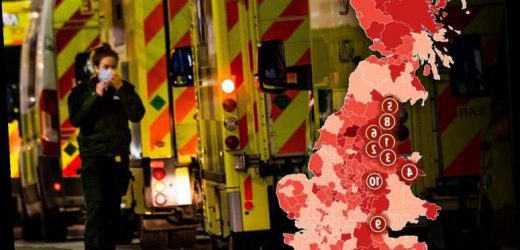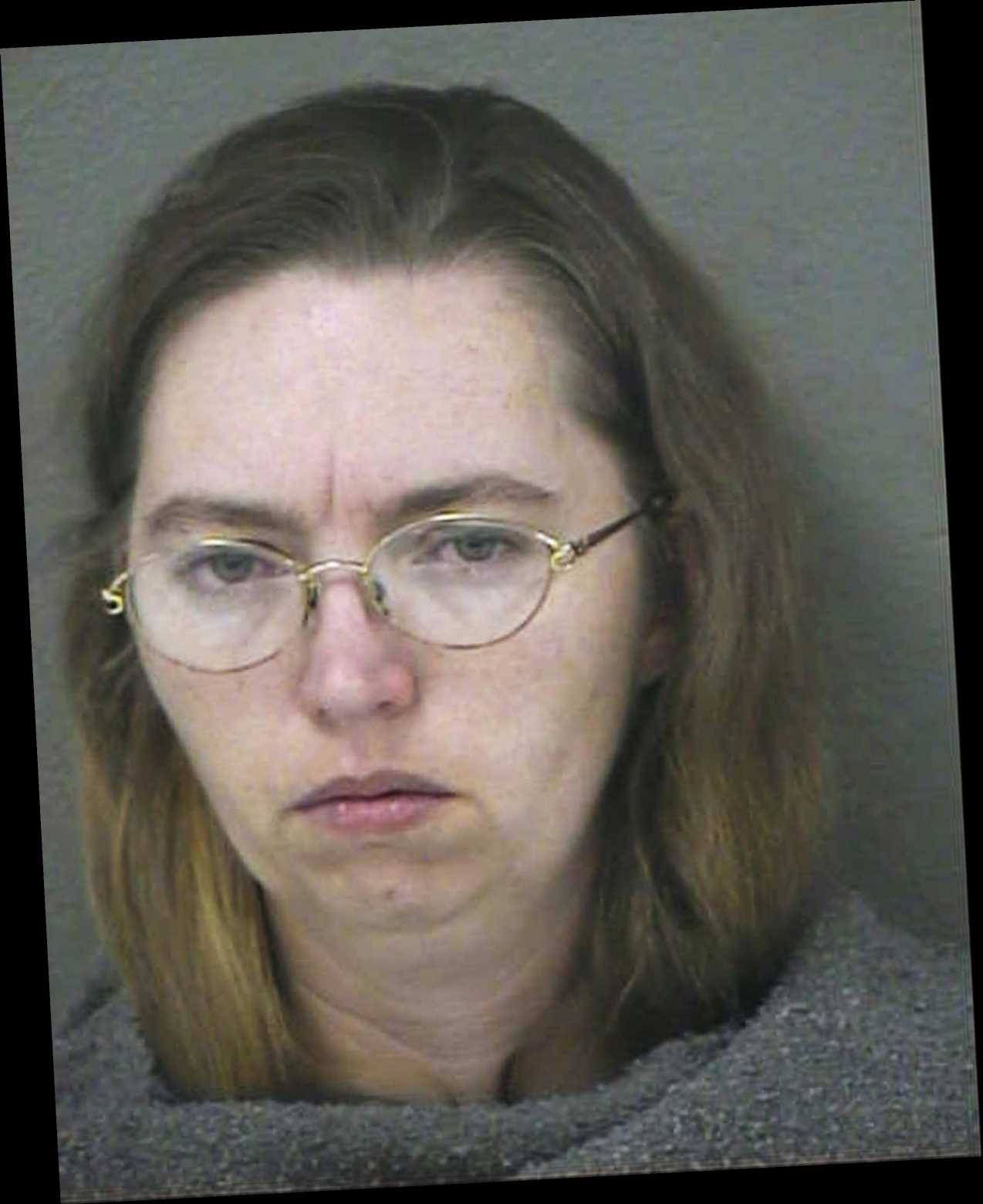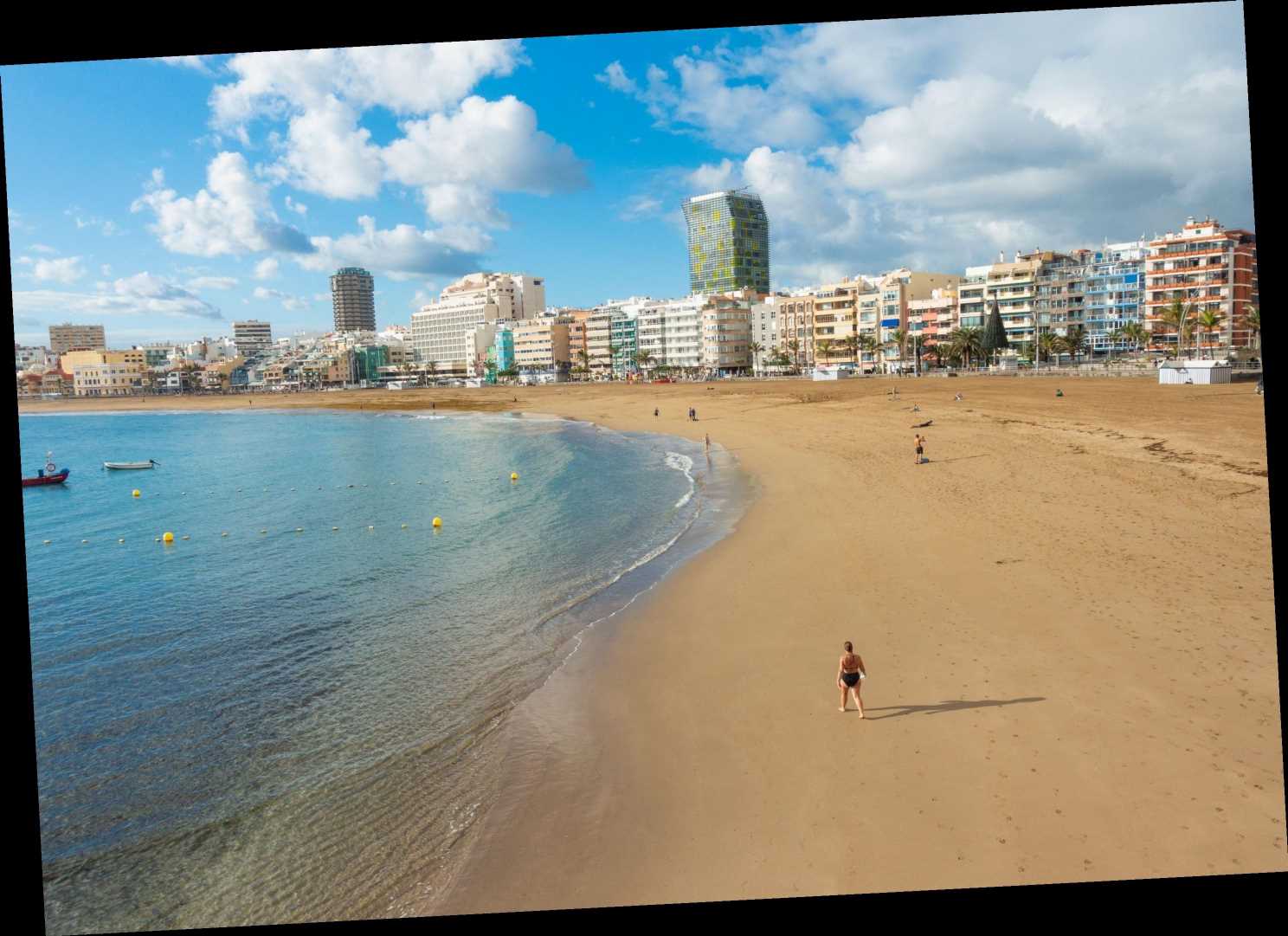THIS map reveals how cases have changed in your area over the past week.
Cases have soared by more than double in some parts of the UK, as the new coronavirus variant takes hold.
⚠️ Read our coronavirus live blog for the latest news & updates
The data comes from the Government coronavirus dashboard, but does not include Northern Ireland whose infections were not updated yesterday.
Merseyside continues to see a worrying surge of cases, while parts of the West Midlands are also seeing a drastic change.
It appears the regions are overtaking the speed of the spread of the virus in the South and East of England, which has seen hospitals overwhelmed with Covid patients.
The place with the largest increase in cases in the first week of January is Knowsley.
It's cases per 100,000 jumped from 597 per 100,000 people to 1,344 – a rise of 125 per cent.
Cases doubled (100 per cent) in nearby St Helens and the city of Liverpool, which now have 802 and 933 cases per 100,000, respectively.
Sefton and Halton are also among the top 10 places with the largest jumps in case rates.
Steve Rotheram, mayor of Liverpool City Region, said on Monday recent Covid figures in the area were "sobering".
"It’s clear that the virus is spreading very rapidly across the country, and worryingly so for the North West and in particular the Liverpool City Region", he said.
Matthew Ashton, director of public health at Liverpool City Council, said: “They are very concerning infection rates. Our rates have more than doubled in a week.
“Everybody needs to be strictly following the rules. Even if you can do something, it doesn’t mean you should."
Councillor Graham Morgan, leader of Knowsley Council, said it was "clear" there were people "not taking the situation seriously".
“We have no option but to go back to basics and follow the rules as we all did in the lockdown in the first half of last year", he said.
Gwynedd, in Wales, had the fourth largest jump of 96 per cent. But it's cases remain relatively low, at 144 per 100,000.
Torbay, Barrow-in-Furness, Copeland, and Telford and Wrekin also saw increase of more than 65 per cent.
Where have cases changed the most?
Data is from the Government dashboard and refers to the seven days between January 1 and January 7.
Ten places with the largest increase in cases per 100,000
- Knowsley: 125.33%
- St. Helens: 105.22%
- Liverpool: 101.56%
- Gwynedd: 96.58%
- Copeland: 95.76%
- Sefton: 94.56%
- Torbay: 89.82%
- Barrow-in-Furness: 80.73%
- Halton: 77.2%
- Telford and Wrekin: 66.71%
Ten places with the largest decreases in cases per 100,000
- Comhairle nan Eilean Siar: -61.6%
- Shetland Islands: -60.65%
- Bridgend: -33.64%
- Brentwood: -30.21%
- Swansea: -28.8%
- Carmarthenshire: -28.37%
- Newport: -26.46%
- Rochford: -25.73%
- Caerphilly: -25.69%
- Rhondda Cynon Taf: -24.86%
In the past week, 134 of 374 places have seen cases remain stable or decline in the past seven days, in signs of improvement since the third national lockdown was implemented last week.
Daily case numbers have shown a slight improvement since Brits were told to "stay at home" once again.
A staggering 45,533 people were confirmed to have the virus yesterday. But this is a third lower than the 60,916 reported a week ago, on January 5.
But because of a time lag between the date a person is infected and becoming seriously unwell, hospital admissions and deaths are expected to keep rising.
More than 4,000 people have been admitted to hospitals across the UK per day in the last three days.
The NHS is under extraordinary pressure with the number of Covid-19 patients in hospital in England at a record 32,202 as of 8am on Tuesday – up 22 per cent on a week ago, and 82 per cent since Christmas Day.
The Health Secretary Matt Hancock was asked this morning if the UK has now hit the peak of this wave, as some data may suggest.
He told BBC Breakfast: "Well, I want it to be.
“But again, that comes down to the behaviour of everyone.
“Together we can make this the peak if enough people follow the rules, which are incredibly clear.”
Pressed again on if this was the peak, he said: “Well we don’t know, we published the data every day. I hope that it is.”
Mr Hancock admitted it was "impossible to say" when the crippling lockdown will end, with no set date.
"We will keep the restrictions in place not a moment longer than they are necessary, but we will keep them in place as long as they are necessary," he told Sky News.
It is hoped measures will start to be lifted by mid-February, when the Government have promised to have all the most at-risk people vaccinated.
With rolling out the vaccines key to easing lockdowns, the latest Government figures showed 2,431,648 in the UK have received a first dose.
But there are calls for the measures to be toughened even further to contain the more easily spread new coronavirus variant – and new rules come into force within days.
London leaders have demanded for tougher measures in the capital, including closing places of worship and for face mask wearing anywhere outside the home such as supermarket queues and on high streets.
London Councils and Mayor Sadiq Khan have implored Prime Minister Boris Johnson to immediately act – or risk putting an “unsustainable strain” on the NHS and public services.
It comes after a "major incident" was declared in London on Friday due to the sheer number of Covid-19 patients in the capital's hospitals.
Labour leader Sir Keir Starmer is also calling for further restrictions, telling reporters on Monday the country is “at the most serious stage” of the pandemic “and that calls for the most serious restrictions”.
The PM has admitted tougher lockdown measures may be needed while the vaccine is rolled out to most vulnerable.
Mr Johnson stressed “now is the moment for maximum vigilance” and to think about every decision made.
During a visit to a vaccine centre in Ashton Gate Stadium, Bristol, the Prime Minister said: “We’re going to keep the rules under constant review.
“Where we have to tighten them, we will.
“We have rules in place already which, if they are properly followed, we believe can make a huge, huge difference.
“It’s now that people need to focus… when they’re out shopping, whether they’re buying cups of coffee in the park or whatever it happens to be, they need to think about spreading the disease.
“In supermarkets, people need to be keeping their distance, making sure that they’re wearing masks, doing the right thing."
Source: Read Full Article







